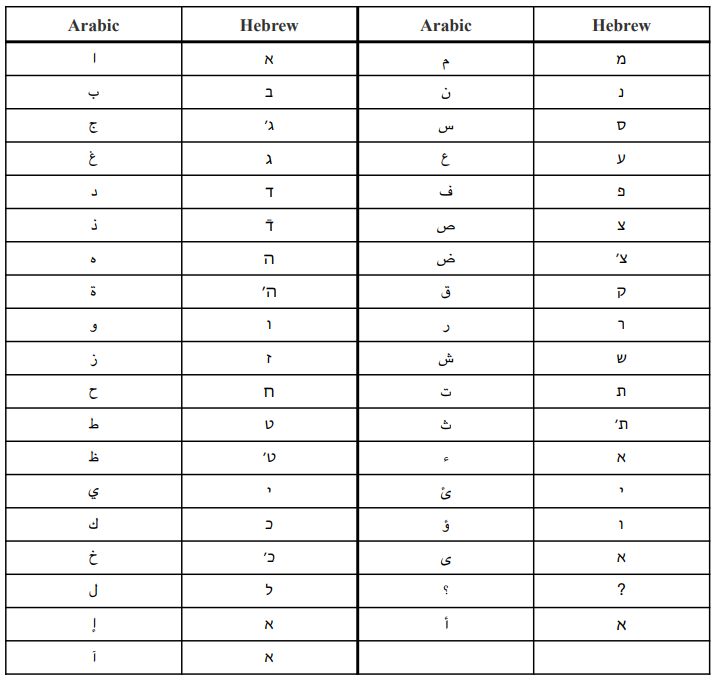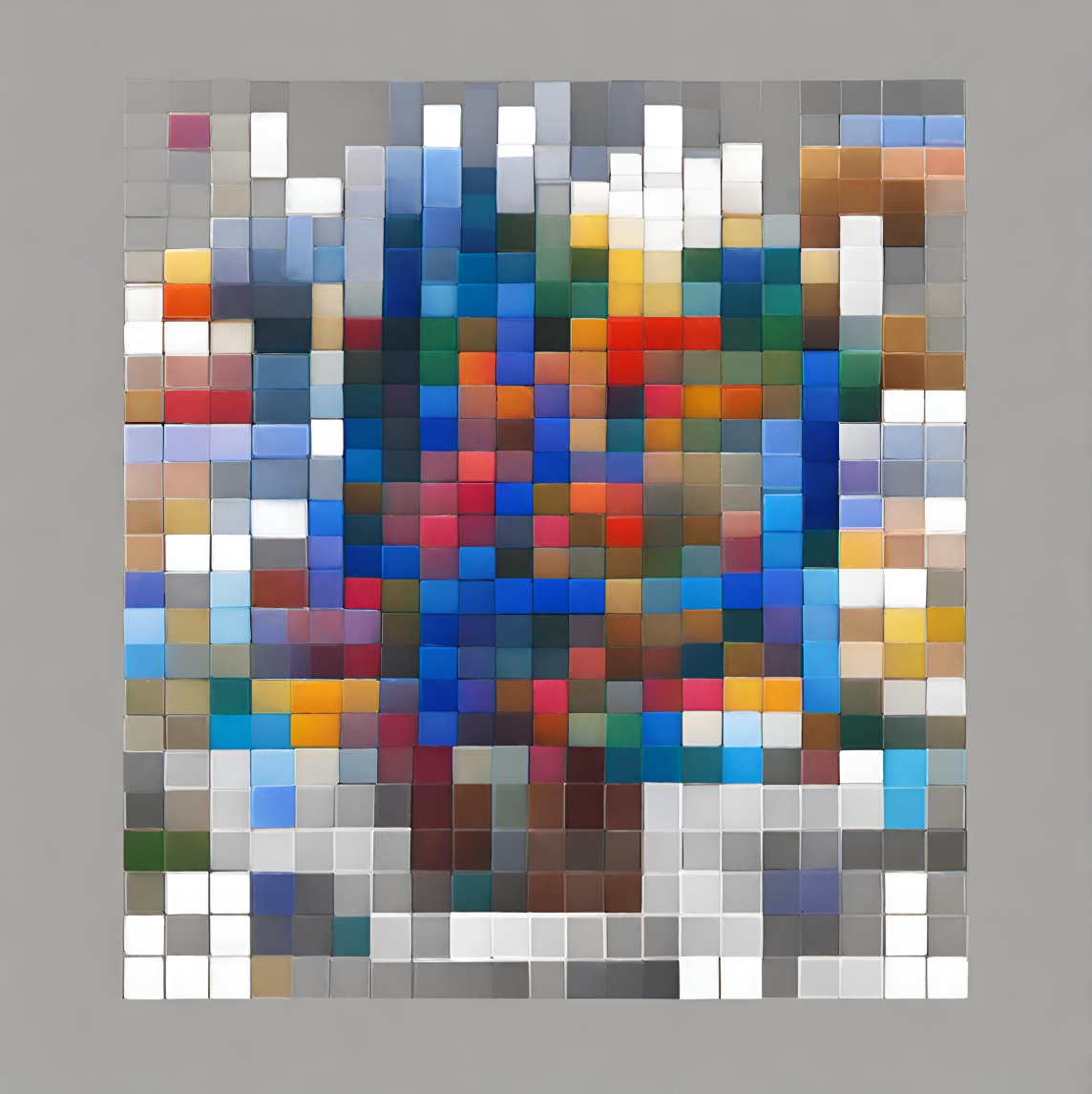Authors:
(1) Aviad Rom, The Data Science Institute, Reichman University, Herzliya, Israel;
(2) Kfir Bar, The Data Science Institute, Reichman University, Herzliya, Israel.
Table of Links
7. Bibliographical References
Wissam Antoun, Fady Baly, and Hazem Hajj. 2020. AraBERT: Transformer-based model for Arabic language understanding. In Proceedings of the 4th Workshop on Open-Source Arabic Corpora and Processing Tools, with a Shared Task on Offensive Language Detection, pages 9–15, Marseille, France. European Language Resource Association.
Ethan C. Chau and Noah A. Smith. 2021. Specializing multilingual language models: An empirical study. In Proceedings of the 1st Workshop on Multilingual Representation Learning, pages 51– 61, Punta Cana, Dominican Republic. Association for Computational Linguistics.
Avihay Chriqui and Inbal Yahav. 2022. Hebert & hebemo: a hebrew bert model and a tool for polarity analysis and emotion recognition. INFORMS Journal on Data Science.
Jacob Devlin, Ming-Wei Chang, Kenton Lee, and Kristina Toutanova. 2019. BERT: Pre-training of deep bidirectional transformers for language understanding. In Proceedings of the 2019 Conference of the North American Chapter of the Association for Computational Linguistics: Human Language Technologies, Volume 1 (Long and Short Papers), pages 4171–4186, Minneapolis, Minnesota. Association for Computational Linguistics.
Tejas Dhamecha, Rudra Murthy, Samarth Bharadwaj, Karthik Sankaranarayanan, and Pushpak Bhattacharyya. 2021. Role of Language Relatedness in Multilingual Fine-tuning of Language Models: A Case Study in Indo-Aryan Languages. In Proceedings of the 2021 Conference on Empirical Methods in Natural Language Processing, pages 8584–8595, Online and Punta Cana, Dominican Republic. Association for Computational Linguistics.
Philipp Dufter and Hinrich Schütze. 2020. Identifying elements essential for BERT’s multilinguality. In Proceedings of the 2020 Conference on Empirical Methods in Natural Language Processing (EMNLP), pages 4423–4437, Online. Association for Computational Linguistics.
Go Inoue, Bashar Alhafni, Nurpeiis Baimukan, Houda Bouamor, and Nizar Habash. 2021. The interplay of variant, size, and task type in Arabic pre-trained language models. In Proceedings of the Sixth Arabic Natural Language Processing Workshop, pages 92–104, Kyiv, Ukraine (Virtual). Association for Computational Linguistics.
Karthikeyan K, Zihan Wang, Stephen Mayhew, and Dan Roth. 2020. Cross-lingual ability of multilingual BERT: an empirical study. In 8th International Conference on Learning Representations, ICLR 2020, Addis Ababa, Ethiopia, April 26-30, 2020. OpenReview.net.
Wuwei Lan, Yang Chen, Wei Xu, and Alan Ritter. 2020. An empirical study of pre-trained transformers for Arabic information extraction. In Proceedings of the 2020 Conference on Empirical Methods in Natural Language Processing (EMNLP), pages 4727–4734, Online. Association for Computational Linguistics.
Yinhan Liu, Myle Ott, Naman Goyal, Jingfei Du, Mandar Joshi, Danqi Chen, Omer Levy, Mike Lewis, Luke Zettlemoyer, and Veselin Stoyanov. 2019. Roberta: A robustly optimized bert pretraining approach. arXiv preprint arXiv:1907.11692.
Ibraheem Muhammad Moosa, Mahmud Elahi Akhter, and Ashfia Binte Habib. 2023. Does transliteration help multilingual language modeling? In Findings of the Association for Computational Linguistics: EACL 2023, pages 670– 685, Dubrovnik, Croatia. Association for Computational Linguistics.
Pedro Javier Ortiz Suárez, Laurent Romary, and Benoît Sagot. 2020. A monolingual approach to contextualized word embeddings for mid-resource languages. In Proceedings of the 58th Annual Meeting of the Association for Computational Linguistics, pages 1703–1714, Online. Association for Computational Linguistics.
Kishore Papineni, Salim Roukos, Todd Ward, and Wei-Jing Zhu. 2002. Bleu: a method for automatic evaluation of machine translation. In Proceedings of the 40th Annual Meeting of the Association for Computational Linguistics, pages 311–318, Philadelphia, Pennsylvania, USA. Association for Computational Linguistics.
Sukannya Purkayastha, Sebastian Ruder, Jonas Pfeiffer, Iryna Gurevych, and Ivan Vulić. 2023. Romanization-based large-scale adaptation of multilingual language models. arXiv preprint arXiv:2304.08865.
Aviad Rom and Kfir Bar. 2021. Supporting undotted Arabic with pre-trained language models. In Proceedings of the Fourth International Conference on Natural Language and Speech Processing (ICNLSP 2021), pages 89–94, Trento, Italy. Association for Computational Linguistics.
Amit Seker, Elron Bandel, Dan Bareket, Idan Brusilovsky, Refael Greenfeld, and Reut Tsarfaty. 2022. AlephBERT: Language model pre-training and evaluation from sub-word to sentence level. In Proceedings of the 60th Annual Meeting of the Association for Computational Linguistics (Volume 1: Long Papers), pages 46–56, Dublin, Ireland. Association for Computational Linguistics.
Ori Terner, Kfir Bar, and Nachum Dershowitz. 2020. Transliteration of Judeo-Arabic texts into Arabic script using recurrent neural networks. In Proceedings of the Fifth Arabic Natural Language Processing Workshop (WANLP 2020), pages 85– 96, Barcelona, Spain (Online). Association for Computational Linguistics.
A. Transliteration Table
In Table 2 we provide the transliteration table that we use for transliterating Arabic texts into the Hebrew script as a pre-processing step in HeArBERT and in the tokenizer extension for CAMeLBERTET.

This paper is available on arxiv under CC BY 4.0 DEED license.

